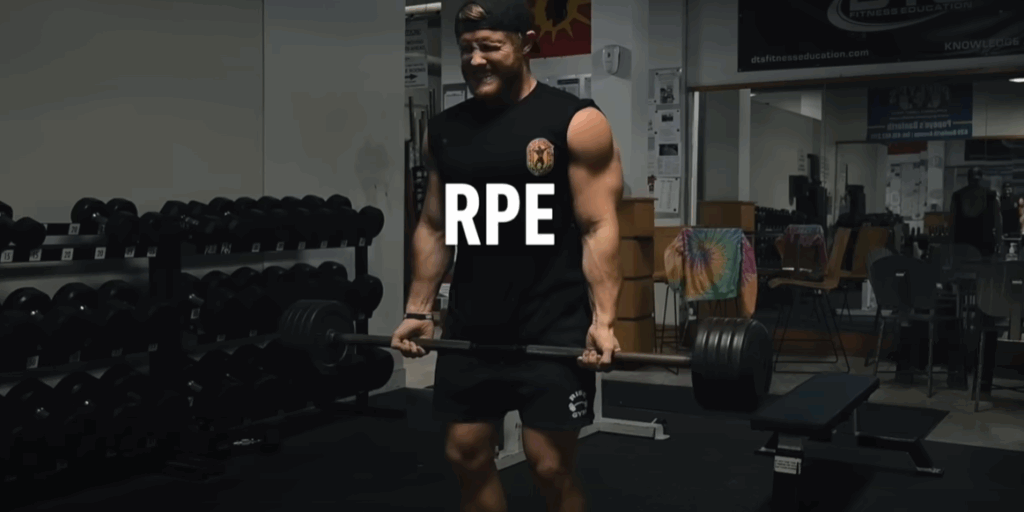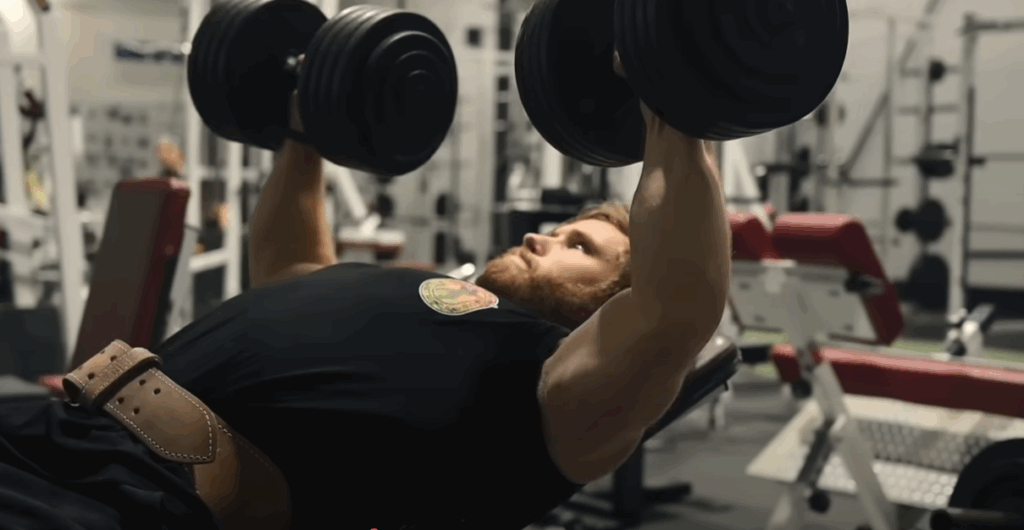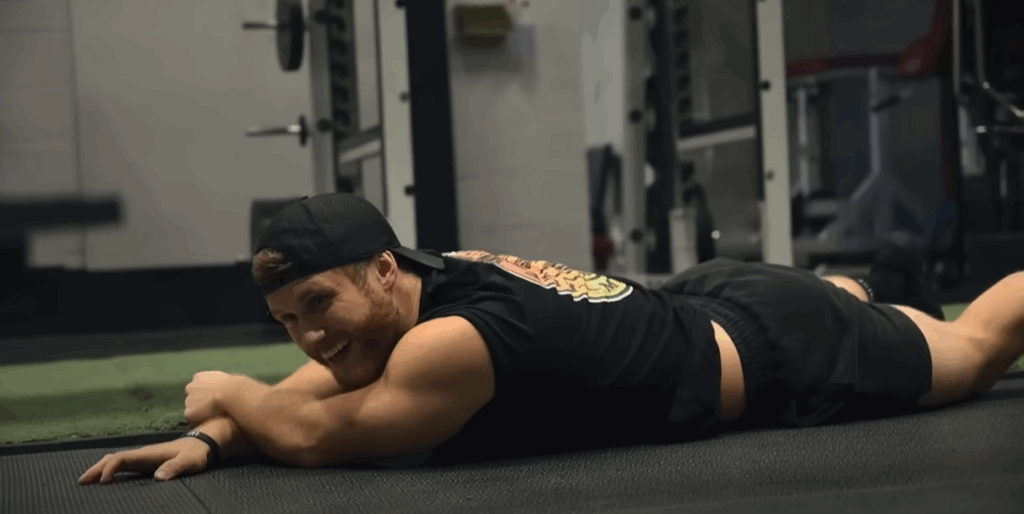Hey everyone! Today, I want to dive into the topic of RPE—Rate of Perceived Exertion—and address five frequent criticisms I’ve seen or heard recently. Much of the noise stems from a video by Jeff Cavaliere (Athlean‑X), where he refers to RPE as a “really poor excuse.” Let’s unpack that, and tackle the broader objections that come up time and again.
1. What RPE Actually Means
First, let’s define RPE for context. It’s a scale (typically 1–10) used to gauge how close a lifter is to failure.
- RPE 8 means you stopped with two reps left in the tank.
- RPE 10 means you could not have completed another rep with proper form—even if your life depended on it!
RPE’s main advantage is that it lets you quantify effort, just like tracking reps and sets. It isn’t about lifting easy—it’s about understanding and capturing how hard you’re pushing each set. It’s simple: track your effort so you can progressively challenge yourself while staying aware of your intensity.

2. “Beginners Can’t Rate RPE Accurately”
Criticism: RPE only works for experienced lifters—not beginners—because newbies don’t have the training maturity to know how hard a set was.
My take: Beginners are totally capable of learning this skill, just like any musical or athletic skill. There’s a well-known study from 2017 that found nearly half of recreational gym-goers believed they were lifting to failure when they actually had six or more reps left. That doesn’t mean RPE is useless—it means people weren’t pushing hard enough.
How to fix this? Use guided exploration:
- Perform a set you think is RPE 8.
- Immediately push to failure.
- See if you truly had two reps in reserve, or more.
This process teaches the feel of RPE. You don’t have to be an elite athlete to learn it—it simply takes honest reflection after each set and some feedback to build calibration over time.
Dr. Mike Israetel weighs in that beginners don’t need elite-level RPE accuracy—because their intensity bar is low to begin with. But even a rough gauge helps them push further than they would blindfolded.
3. “RPE Just Makes You Lazier or Overly Analytical”
Criticism: Some suggest RPE makes people overly cautious, using pseudo-“science” as an excuse to avoid real effort.
My take: That’s a misinterpretation. RPE doesn’t encourage laziness—it exposes it. If you’re consistently reporting RPE 7 when the work seems easy, RPE is shining a light on undertraining, not justifying it.
What most evidence shows is that many gym-goers don’t train hard enough. RPE reveals this. When you start tracking how hard you’re working, you’ll often find you’re not going hard enough—and RPE nudges you to up the ante.
Remember: pushing to actual failure (RPE 10) isn’t always the goal, and research is clear that going to true failure too often isn’t necessarily better for growth. RPE simply helps you stay in a productive range—usually RPE 7–9—for most effective adaptation.

4. “Studies Don’t Represent Real Training”
Criticism: Fitness science is flawed—studies use unrealistic or poorly understood protocols that don’t apply to “real-world” lifters.
My take: Researchers often push participants hard. For example, a Norwegian study had national-level lifters do blood-flow-restricted front squats to failure. Participants described it as “the hardest session ever.” Yet that’s exactly the point—labs push intensity to control variables.
Another misconception is that most research uses novices who don’t reflect well-trained individuals. Not true. Many studies recruit trained lifters. And even when beginners are used, positive effects felt in eight weeks don’t just disappear as you get stronger—they may just require longer to show or a larger dose. Fundamental principles remain consistent: intensity matters across experience levels.
So while anecdotal “gym bro” insights are valuable, scientific studies give us controlled data we can interpret intelligently—not ignore.
5. “RPE Overcomplicates Training Too Much”
Criticism: RPE is overkill—coaches should keep it simple. Beginners don’t need this much nuance.
My take: I hear you. Too many coaches come off as trying to flex knowledge instead of teaching fundamentals. But RPE is not rocket science—it’s a common-sense question:
- “On a scale of 1 to 10, how hard was that set?”
- “How many more could you have done?”
If your client seems overwhelmed, don’t introduce technical jargon. Just ask: “Did you have more reps left? Were you pushing yourself or holding back?” And gauging effort and fatigue is absolutely crucial once technique is sound. It’s a progression: start with form, then layer in effort-awareness.

Final Thoughts: RPE Is One Tool, Not the Only One
At the end of the day, most of us—including Jeff Cavaliere and me—share the same mission: help people get stronger, fitter, and healthier. We might prioritize different tools or slogans, but effective training blends self-awareness, progressive overload, and consistency.
My summary of RPE’s place:
- Beginners: Focus first on form. Gently introduce the concept of pushing harder—maybe start noticing if a set feels easy or hard.
- Intermediates/Advanced: Use RPE explicitly. Track it set by set to manage intensity, fatigue, and growth.
- Everyone: Use RPE as a gauge—just like reps or weight—not an excuse. It helps you stay in productive ranges without swinging from autopilot to burnout.
If you’ve never thought about effort on a number scale, start an intra‑workout habit today: ask yourself after each set, “How many more did I have?” Over time, you’ll internalize that scale and start training smarter, not just harder.



